|
By Patrick Schaefer As a child, my parents took me and my sister to a Conservation Authority park almost every weekend. My favourites were Mountsberg, Hilton Falls and Crawford Lake. These parks are in the vicinity of the Niagara Escarpment. They support high levels of biodiversity and contain a range of natural features like streams, lakes, wetlands and forest habitats. These are still my favourite parks to this day. Parks Canada is celebrating Canada’s 150th birthday by giving free admission to national parks in 2017. But let’s take a minute to learn about Conservation Authorities (CA). They are another type of organization that protects natural spaces and engages people with nature. You may have missed it, but 2016 marked 70 years of CAs protecting Ontario’s Biodiversity. A total of 36 CAs operate in Ontario. They provide programs and services to 90% of Ontario’s population. Conservation Authorities are non-profit organizations. They operate with a board of directors appointed by municipalities within their jurisdictions. The 1946 Conservation Authorities Act mandates that CAs manage water, land and natural resources. They do this through restoration, management and conservation actions. The 1920s and 30s was a peak time of extensive deforestation, soil loss and widespread degradation of natural resources. CAs were created in response to this poor land and resource management. In 1954 Hurricane Hazel dropped ~280mm of rain on southern Ontario. Combined with winds of >100km/hr, this event resulted in 81 deaths and $25 million dollars in damages. Today that would be equal to over $250 million. After review, the Conservation Authority Act was amended in 1959 to include protecting people and property from flooding. Most people may be familiar with CAs for their local parks. They serve to protect natural areas and act as a resource for education and recreation for the public. Ontario’s CAs own and protect nearly 150,000 hectares of our natural and cultural heritage areas. In addition, CAs play a major role in restoration efforts. In 2012 they collectively planted more than 3 million trees, provided $8.4 million for water quality improvement projects. These projects were related to erosion control and agricultural best management practices. They also carry out restoration and rehabilitation of aquatic and terrestrial habitats. But CAs are about much more than land protection. CAs manage $2.7 billion dollars in flood control and prevention infrastructure. Prevention infrastructure can include dams, dykes, channels and erosion control structures. These structures and activities save roughly $100 million dollars annually in preventing flood damage and loss of life! Conservation Authorities also play an important role in monitoring healthy ecosystems. In partnership with provincial agencies, CAs track surface and groundwater across Ontario. They monitor aquatic ecosystems by assessing fish and aquatic insect communities. Biological monitoring occurs at more than 1000 sites across the province. Since graduating with a M.Sc in 2014 I have worked at two Conservation Authorities conducting biological monitoring. Contributing to the preservation of natural spaces and conservation of biodiversity has been an incredibly rewarding experience. With the money you are saving from free admission to Parks Canada this year, consider visiting some parks at your local CA. It will support the many great programs and services they offer. There are also many opportunities to get involved. Most CAs offer volunteer opportunities in restoration and monitoring projects. To learn more, check out the Conservation Ontario website and your local CA.
0 Comments
By Stephanie Varty Spending summers by the lake is how everything started; warm weather, bright sun and a canoe paddle in hand. Lakes have always been important in my heart because of my upbringing. Exploring the water and finding crisp refreshment every time I jumped in will always be something that brings me both a sense of euphoria and joy. Yet, it has been in recent years which have allowed for lakes to solidify a place in my mind and now in my research. Canadian lakes cover between 10 to 15% of the country’s area. This percentage is underestimated and the lakes understudied (Brown and Duguay 2010). Lakes play a role in regulating physical processes, cycling nutrients and sustaining life. Many of these processes tend to go unseen by the naked eye. But when you look closer you can see systems that are overflowing with biodiversity. My research has given me a new perspective on why it is important to study these lake systems. This summer I will be trading in my warm weather and canoe paddle to go to a lake much further north. I will be traveling to Lake Hazen on Ellesemere Island, NU, which is the largest lake north of the Arctic Circle. Lake Hazen is a prime example of how lake systems function under extreme weather conditions. Lake Hazen experiences 24 hours of daylight during spring and summer months and a summer season that lasts at most two months (Lehnherr et al 2012). During this short season a burst of growth occurs with melting ice. Lemmings come out to play, mats of lichen cover the ground and fields of arctic poppies sprout up. Though there are so many interesting things that are above ground, what I am concerned with is much smaller and submerged in the water. A main part of my research is to understand where mercury processing bacteria occur across the landscape. This is so I can better understand where toxic forms of mercury are being degraded and produced. These bacteria are microscopic, but in abundance. Under the right conditions, they can produce a form of mercury called methylmercury that enters the food web. The concentrations of this toxin also increase over time (bioaccumulation) and as you move up the food web (biomagnification, Morel et al 1998). This means that a small amount of mercury in the water can translate into a large amount once it reaches top predators like Arctic char and seals. Unfortunately, this not only spells out health problems for the animals, but for humans as well. High concentrations of mercury in Arctic lake systems means that the health of Arctic Indigenous People could be at risk because they consume some of the top predators as a part of their traditional food. Investigating mercury in lake systems is important for understanding ecosystem functions, but is also needed for the cultural and physical well-being of people. I am fortunate that my research allows me to have an adventure, contribute to science and have a role in understanding community health. My past experiences and experiences to come shape in my mind and in my heart the importance of lakes in Canada. For me and many people country-wide, lakes are not just an important resource, but something that is intertwined in their life story. It is important that we nurture these ecosystems and pay close attention to what they have to teach us. I can guarantee you they have plenty to teach us. #WorldWaterDay References: Brown, L. C., and C. R. Duguay (2010), The response and role of ice cover in lake-climate interactions, Prog. Phys. Geogr., 34(5), 671–704 Lehnherr, I., Louis, V. L. S., Emmerton, C. A., Barker, J. D., & Kirk, J. L. (2012). Methylmercury Cycling in High Arctic Wetland Ponds: Sources and Sinks. Environmental Sciences and Technology 46, 10514−10522. Morel, F. M. M., Kraepiel, A. M. L., & Amyot, M. (1998). The chemical cycle and bioaccumulation of mercury. Annual Review of Ecology and Systematics, 29, 543–566.
By Chris Hay
“Zero waste living” seems like a revolutionary new movement, but at its core it’s actually a simple and obvious idea. Reducing our trash as much as possible, ideally to nothing, would save us money and reduce pressure on the environment. Many other movements are closely related: voluntary simplicity, collaborative consumption (sharing), and the I had a brush with this movement when I heard about Bulk Barn implementing a new system. You can now bring your own reusable containers into the store to fill with food, rather than using the single-use plastic bags and containers they provide. Having recently heard about the tragedy of plastic in our oceans, and already owning several empty containers waiting to be used, this was my perfect opportunity to make a positive change. I washed and gathered up a variety of reusable containers and put them in a reusable cloth bag. At the store the cashier quickly inspected and weighed each container, applying to each one a tiny sticker with the weight written on it. An elderly woman asked what was going on, so I explained the new program to her. She seemed intrigued – maybe once more people see it happening, it will catch on! I went to the bulk bins and filled each container with what I had planned. At the checkout the cashier subtracted the weights of the containers from the total when ringing it up. It was all surprisingly speedy and easy!
Before you go, definitely check out Bulk Barn’s policy and container standards on their website. I’ll highlight a few things. Your containers need to be totally spotless (literally, no water spots!) and mason jars with rusty metal lids may not be accepted. Make sure you carefully wash and dry your containers, and inspect them after to make sure there’s no residue stuck in a corner. When filling your container, don’t pour back and make sure the scoop does not touch the sides (pour over the top). If you want to get anything liquid (e.g. peanut butter), I recommend choosing a container with as wide an opening as possible. Otherwise it will be hard to fill without making a mess (the scoops are quite large). Before your next visit, wash your containers again and remove the old sticker. When the cashier inspects your containers before weighing they may reject any of your containers for any reason, in which case don’t stress using bag(s) and you’ll know for next time. Let’s make life easy for the cashiers so the new program is well received!
Like most environmental movements, using reusables at Bulk Barn can seem like too small an action to make a difference. I saved a few light little bags from going into the garbage – big deal, so what? But a lot of small, steady water drops in a bucket and before you know it, the bucket is overflowing. What if we didn’t need to keep refilling Bulk Barn’s massive rolls of plastic bags? And consider that you are now not buying the product from a regular grocery store in a container that would be even more wasteful. When I was a kid, my family and most people I knew didn’t recycle at home or use reusable cloth bags for groceries. As years went on (and with a little pressure) these activities became completely commonplace and natural. That’s a big difference! I hope shopping with reusable containers can undergo the same process, moving from niche to the new normal. For me, at least, I’ve already found this to be a simple switch, and I feel empowered and ready to move onto the next positive lifestyle change.
Besides reducing waste, there is a bigger lesson here. How and why did Bulk Barn change their policy and embrace this new idea? The story goes that there was always a community writing in, fighting for the retailer to allow refillable containers, but it wasn’t until one lady went ahead and broke store policy (using her own containers, at the risk of reprimand from the store) that policy change took place. It seems that for changes like this to happen it takes finding a good idea, many people taking action, and a little bravery along the way. Let’s be a part of these changes, a part of making the world a better place (one less bag at a time)!
By Brian Millward Sometimes I wish that humans were disconnected from nature. I imagine this wonderland where our global population has no effect on the natural world. Everyone just goes about their day as normal, without any ramifications. Then reality sets in and I have to face the facts that our actions do have an impact on the world around us, and I mean every action! Already as I sit here on my laptop (electricity consumption), drinking my green tea (agriculture and transportation), and wearing my pajamas (water pollutants and waste) I have probably single-handedly wiped out a species of microbe! It seems almost impossible to think of an activity we do that doesn’t jeopardize the biodiversity on Earth, including our own species survival. That’s the hilarious part about conserving biodiversity – it’s not about the millions of species of plants and animals, but about us. Our very existence is dependent on the services that plants and animals provide for us here on Earth. There’s pollinators that keep our crops healthy, medicinal plants that heal us, and plants and animals that nourish us. There are even microscopic creatures that decompose our waste, and phytoplankton that create oxygen that we breathe! Our reliance on the species with which we share this planet is staggering. Yet we continue to have a delusion of superiority towards all other life forms. However, we are far from perfection. For instance, the value of pollination by bees is estimated around 16 billion dollars in the US alone! Without that ability to effectively pollinate, which has taken millions of years to evolve, we would not be able to enjoy many of the fruits and vegetables we consume. There are countless examples of how dependent we are on the natural world around us. As much as we try to break away from the laws of nature, we constantly are reminded of our place in the world. The recent decline in bee populations is one of the rude awakenings we have had to face. As we threaten more and more species, it is difficult to know just how hard our economies and societies will be hit. When Nicolaus Copernicus discovered that the Earth revolved around the Sun, it forced humans to accept that we are not the center of the Universe. Well I’m here to burst our bubble again, because we’re also not the center of our own planet. Our natural world consists of countless connections between organisms that interact and affect one another. If we’re going to flourish in this world we will have to enter into a new era of selfishness. A new selfishness where we preserve and protect other species because without them, our existence is compromised. While it’s totally okay for us to care about ourselves, we have to understand that the well-being of other species directly affects us in every way. What’s in it for you? Everything. This blog is also posted on Earth Unfiltered.
|
ELB MembersBlogs are written by ELB members who want to share their stories about Ontario's biodiversity. Archives
January 2023
Categories
All
|

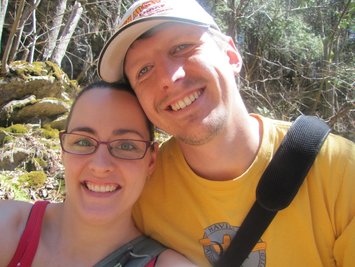
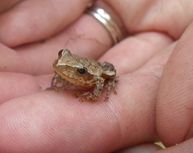
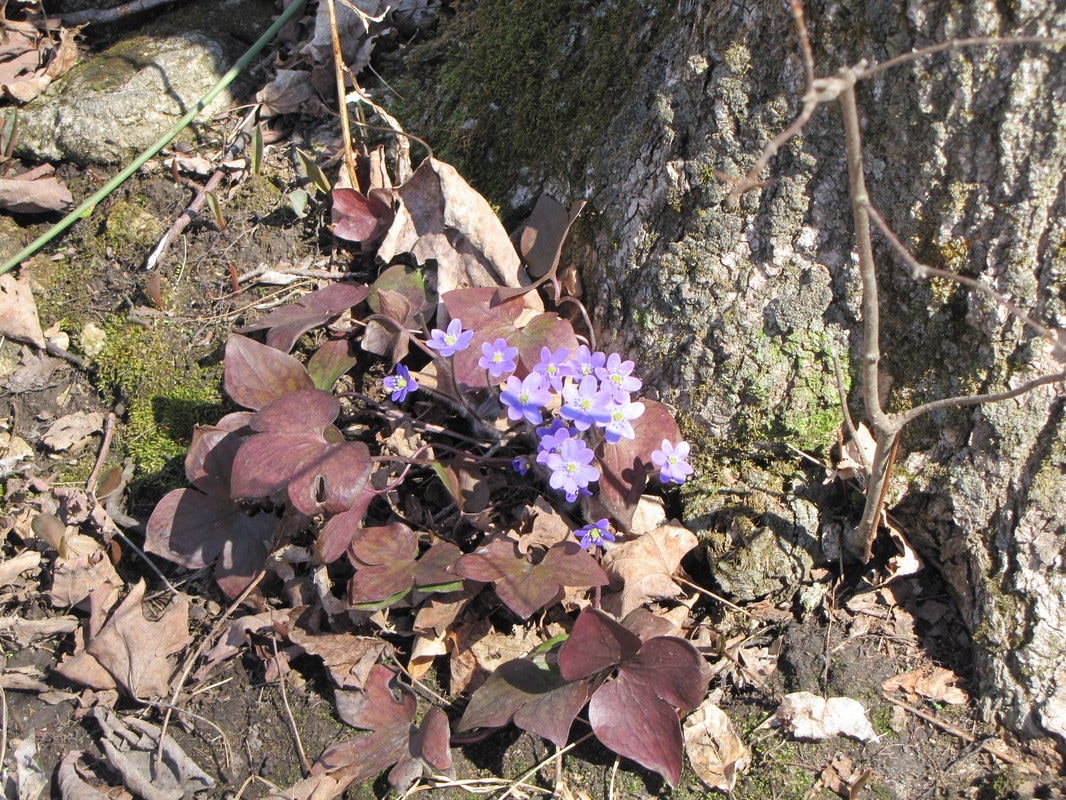
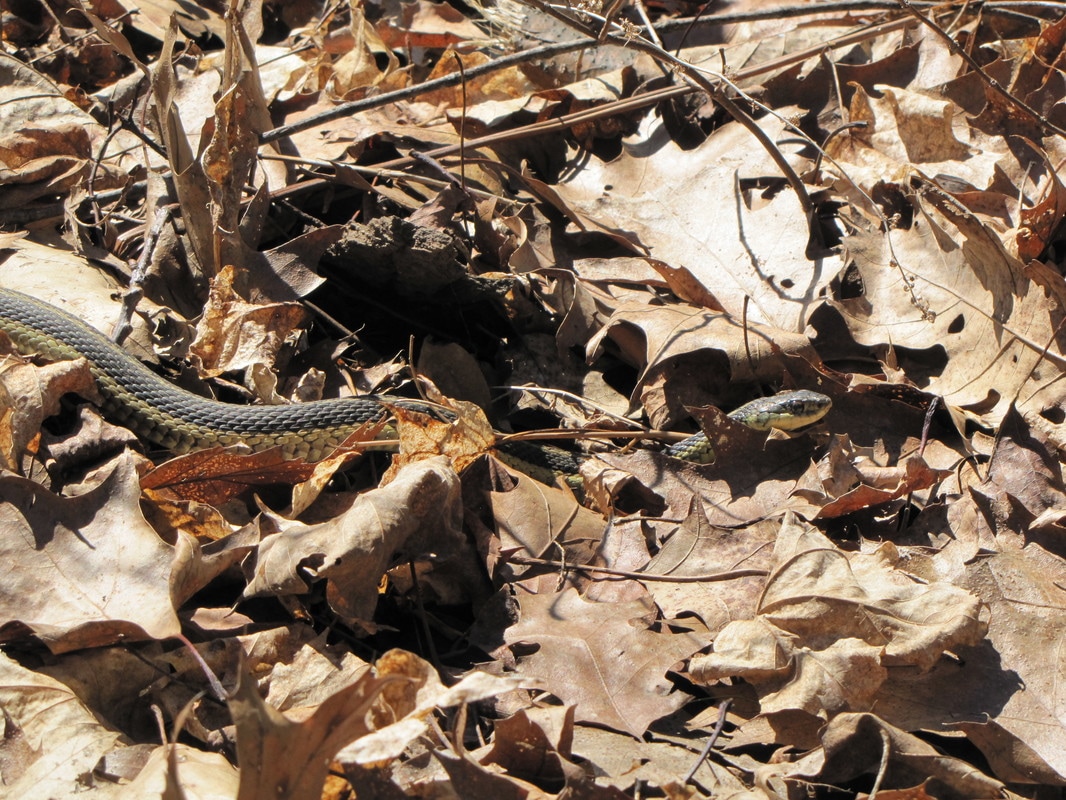
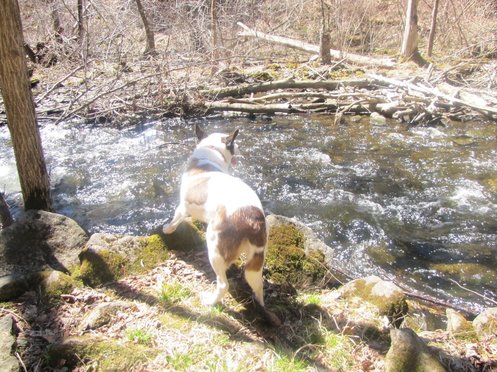

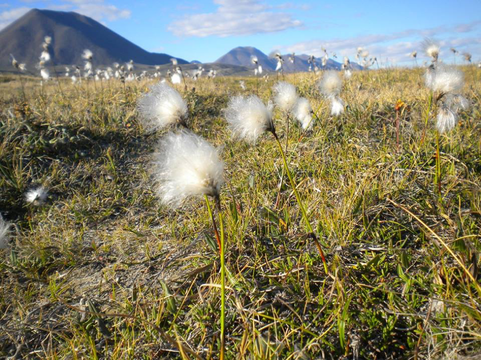
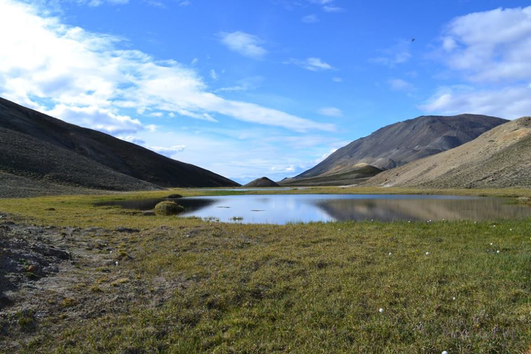
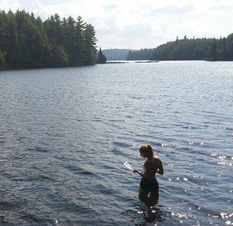
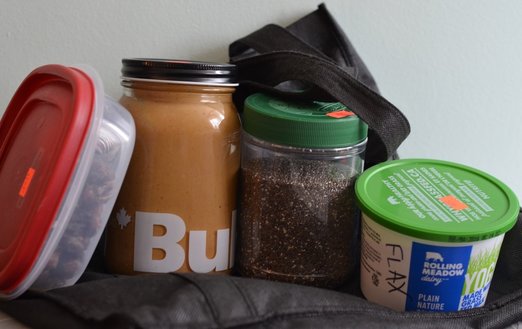
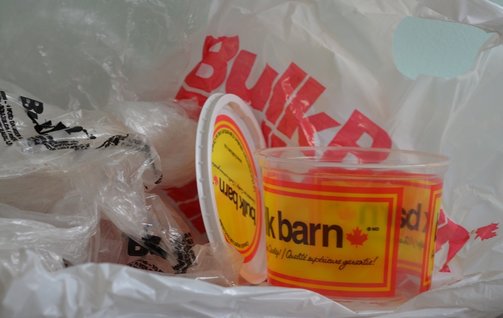

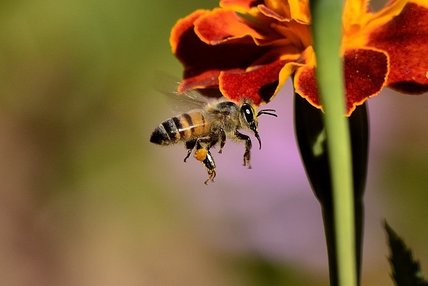

 RSS Feed
RSS Feed